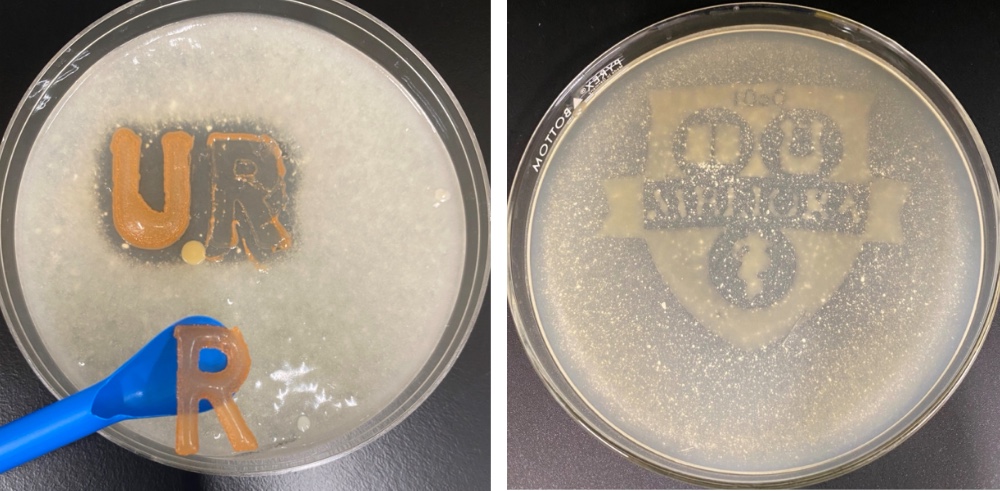Associate Professor in the Department of Biology Anne S. Meyer is collaborating with Marine Microbiologist Alyson Santoro, Oceanographer Melisa Omand, Ecologist Ryan Freedman, and biodegradable polymers producer Mango Materials to develop a new bioplastic that can decompose in aquatic environments.
Bioplastics — more commonly known as biodegradable plastics — are either made from plant biomass of starches and sugars that can be found in corn, sugar cane, and wheat, or are produced from bacteria. The first bioplastic was invented in 1926 by French researcher Maurice Lemoigne, but bioplastics did not reach mainstream markets and technology until recent decades. Although bioplastics have reduced the amount of plastic waste in landfills, streets, and other lithospheric areas, they are not as useful in aquatic surfaces such as the ocean, where the rate of degradability decreases considerably due to the environment. Specifically, the ocean is colder and more aerobic than the industrial composting facilities for which most bioplastics have been developed to break down.
Meyer and colleagues are currently on the second phase of their project, in which they will be testing the polyhydroxybutyrate (PHB) biopolyester material in a marine environment. PHB is an organic polymer material made from bacteria that has an evolutionary history of fully dissolving in water due to marine microbes. However, PHB can still retain plastic’s desirable characteristics, such as strength. The team’s revolutionary bioplastic will be tested under various ocean conditions to see the extent of its biodegradability. Additionally the team is developing new formulations of PHB, containing living microbes that will accelerate the degradation process.
The second phase of Meyer and her team’s project may show promising results. This phase was backed by the National Science Foundation’s Convergence Accelerator program, which funds and helps accelerate high-impact research and innovations that meet societal needs.
Meyer says that, in the future, bioplastics which can “break down in the ocean could be a great fit for aquaculture and fishing industries, ecosystem restoration efforts, maritime defense, or government agencies…” Perhaps, with her research, in a few decades we will see harmful and toxic plastics being replaced by the mass production of bioplastics.
Written by Lugardo Marroquin (‘24)
Edited by Syeda Mahnoor Raza (‘24)
Top Photo by Louise He: Letters “U” and “R” (left) and a Meliora seal have been 3D “bioprinted” in Meyer’s lab and placed in Petri dishes filled with bioplastic. Made with bacteria that breaks down the bioplastic, the letters and seal, once imbedded in the bioplastic, begin to degrade it, as shown.


Thank you for sharing so much information on your website. Best regards.
Woow that is great initiative to save the earth from plastic waste and let the occean life to live peacefully